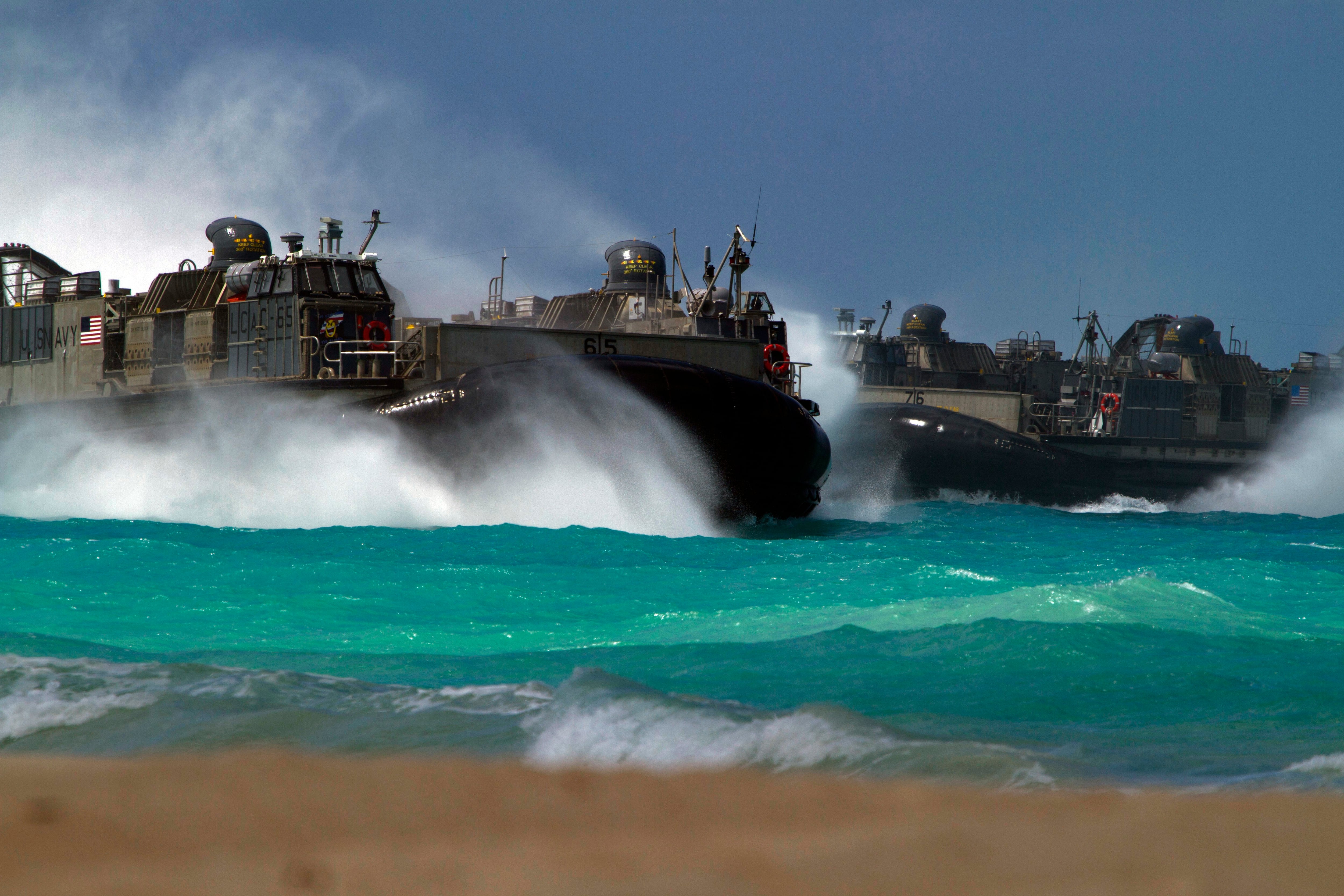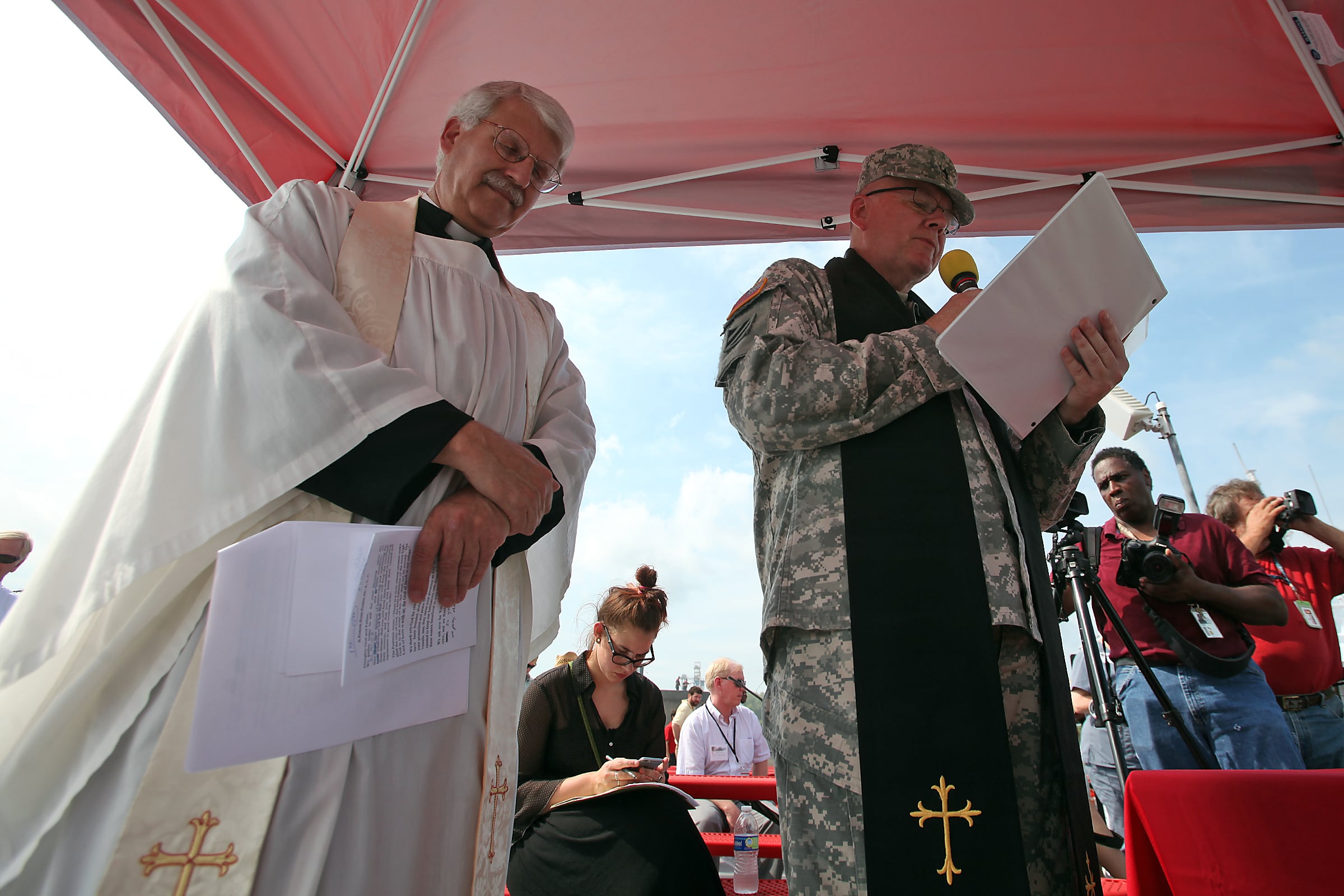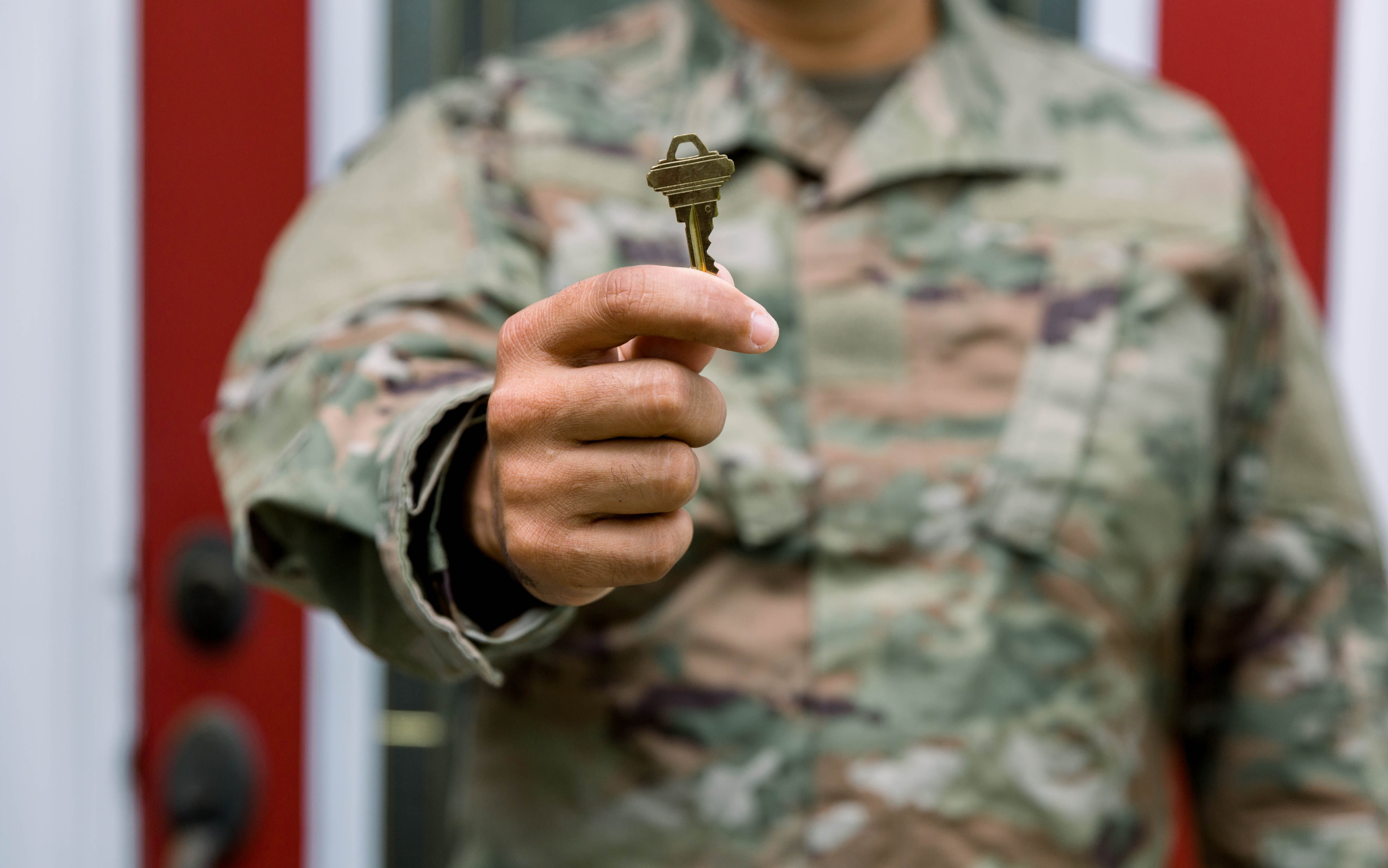As a sign of how much the Asia-Pacific region has changed in recent years, U.S. Marines could soon begin training alongside Vietnamese military personnel.
"Growing up as a kid, watching the Vietnam War on TV every night, it was almost unimaginable that later on in my life I would be representing the United States at meetings in Vietnam and looking for opportunities to train with Vietnamese armed forces," Lt. Gen. Lawrence Nicholson, commander of III Marine Expeditionary Force, told Marine Corps Times.
"Vietnam and Malaysia, they have small patrol craft," he said. "They have a naval infantry that they would like us to come take a look at and look for opportunities to do some training."
Training with the Vietnamese would be an "amazing opportunity" for Marines, Nicholson said, and it represents a dramatic shift in relations between the two countries since the Vietnam War. The three-star general who oversees all forward-deployed Marines in the Pacific Rim expects to travel to Vietnam in October to talk about what types of training events are possible, he said.
"I'm very excited to get in there and explore what it is that they're looking for and how we can do more together," Nicholson said. "I was just at a conference in San Diego -- the Pacific Amphibious Leaders Seminar -- [where] the Vietnamese showed up. The Vietnamese army and navy folks were there. Got a chance to meet a few of them and certainly they expressed their willingness to looking forward to doing more and doing some work together."
Vietnam is not the only country eager to train with Marines in the Pacific. South Korea, Thailand and Indonesia all want to do more with Marines and sailors aboard amphibious assault ships, Nicholson said. Japan has also asked for help turning its Western Army on Kyushu into an amphibious force.
"I had not anticipated being this busy or being this popular," Nicholson said.
In contrast to years past, Marines who rotate through Okinawa, Japan, through the unit deployment program do not stay on the island during their six month rotations, Nicholson said.
"Today, I think, we're in 22 different countries," he said. "There was an example of 2nd Battalion, 2nd Marines out of Lejeune: They were in six countries in six months. They barely spent any time in Okinawa."
In the coming year, Marines will take part in more than 100 exercises and exchanges with countries throughout the Indo-Asia-Pacific region, said Lt. Gen. John Toolan, former commander of Marine Corps Forces, Pacific. Some of the larger exercises include Cobra Gold in Thailand; Balikatan in the Philippines; Ssang Yong in South Korea; Talisman Saber in Australia; Khaan Quest in Mongolia; and "many more," Toolan said.
"During Landing Force Cooperation Afloat Readiness and Training (CARAT), we plan to work with Singapore, Cambodia and Vietnam in the upcoming year," he added.
Toolan is retiring after 40 years in the Marine Corps. On Aug. 26, he handed command of MARFORPAC to Lt. Gen. David Berger.
More Marines on more decks
One of the best ways to move about the vast Asia-Pacific region is by ship. Marine Corps officials have said that the combatant commanders need 50 amphibious assault ships, but the Gator Navy currently stands at 29 ships.
That's why the Marines have been using other types of ships for exercises with other countries, Toolan said.
During Koa Moana, a six-month theater security exercise that ends in November, Marines have embarked on maritime prepositioning ships Pililaau and Sacagawea, both Military Sealift Command cargo ships, for training missions in Australia, New Guinea and Peru.
"The additional lift capacity gained through the use of these alternatives to amphibious ships allows us to be more places and engage in locations that are important but difficult to reach," Toolan said.
A three-ship amphibious ready group with an embarked Marine Expeditionary Unit is expected to head to Australia in late 2018. Officials have not identified the ships, but then-Chief of Naval Operations Adm. John Greenert told Navy Times last year that the amphibious assault ship America is a "prime candidate" to visit Australia on such a deployment.
Toolan said there are no plans to significantly increase the number of Marines in the Philippines. The two countries work together on the full spectrum of operations, including responding to natural disasters, theater security cooperation and preparing to defend the Philippines, Nicholson said.
"I was just there a couple weeks ago inspecting a suite of gear," Nicholson said. "We've got about 80 vehicles that are there, principally for humanitarian and disaster relief operations. But every time we do a large scale exercise, we try to pull that gear out, make sure it's fresh; make sure it's ready to go."
Nicholson stressed that the team of roughly 80 Marine planners in the Philippines and other Marines who come to the country for exercises are not permanently assigned there. In mid-September, the president of the Philippines has said he will not allow Filipino forces to conduct joint patrols in the South China Sea with U.S. or other foreign militaries. He has also suggested expelling U.S. special operations from the Mindanao region.
Relations are much warmer with Australia, where a full Marine Air-Ground Task Force of 2,500 Marines is expected to rotate through starting in 2020.
"I think there are some negotiations yet to be had but we don't see any show stoppers," Nicholson said. "We see this thing moving to fruition."
Initially, all 2,500 Marines were expected to arrive in Australia this year, but the current Marine Rotational Force-Darwin is 1,250 Marines.
"We continue to work with our Australian counterparts on the best way forward with our rotational deployments to Darwin to include the size of the force and its composition," Toolan said. We take many things into consideration for each rotation including, but not limited to: cost, billeting space, unit and airframe availability, logistical support requirements, community impact, training area availability, etc."
Meanwhile, the Navy Department is continuing with efforts to move 5,000 Marines and 1,300 dependents from Okinawa to Guam from 2021 to 2023.
"Before we can move Marines from Okinawa to Guam, an entirely new base must be constructed on undeveloped land, and spaces on existing military installations must be enhanced," Toolan said. "New unit operational facilities, training ranges, barracks, roads, utilities, and quality-of-life enhancements must be built over an approximately ten-year construction timeline."
Other major issues that need to be resolved include clearing unexploded ordnance from World War II on Guam, protecting endangered species and the logistics of supporting $1 billion in simultaneous construction projects, Toolan said.
Jeff Schogol covers Marine Corps leadership, gender integration, aviation, and Pacific-based Marines for Marine Corps Times. He can be reached at jschogol@marinecorpstimes.com.





